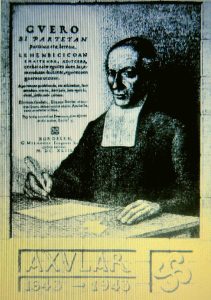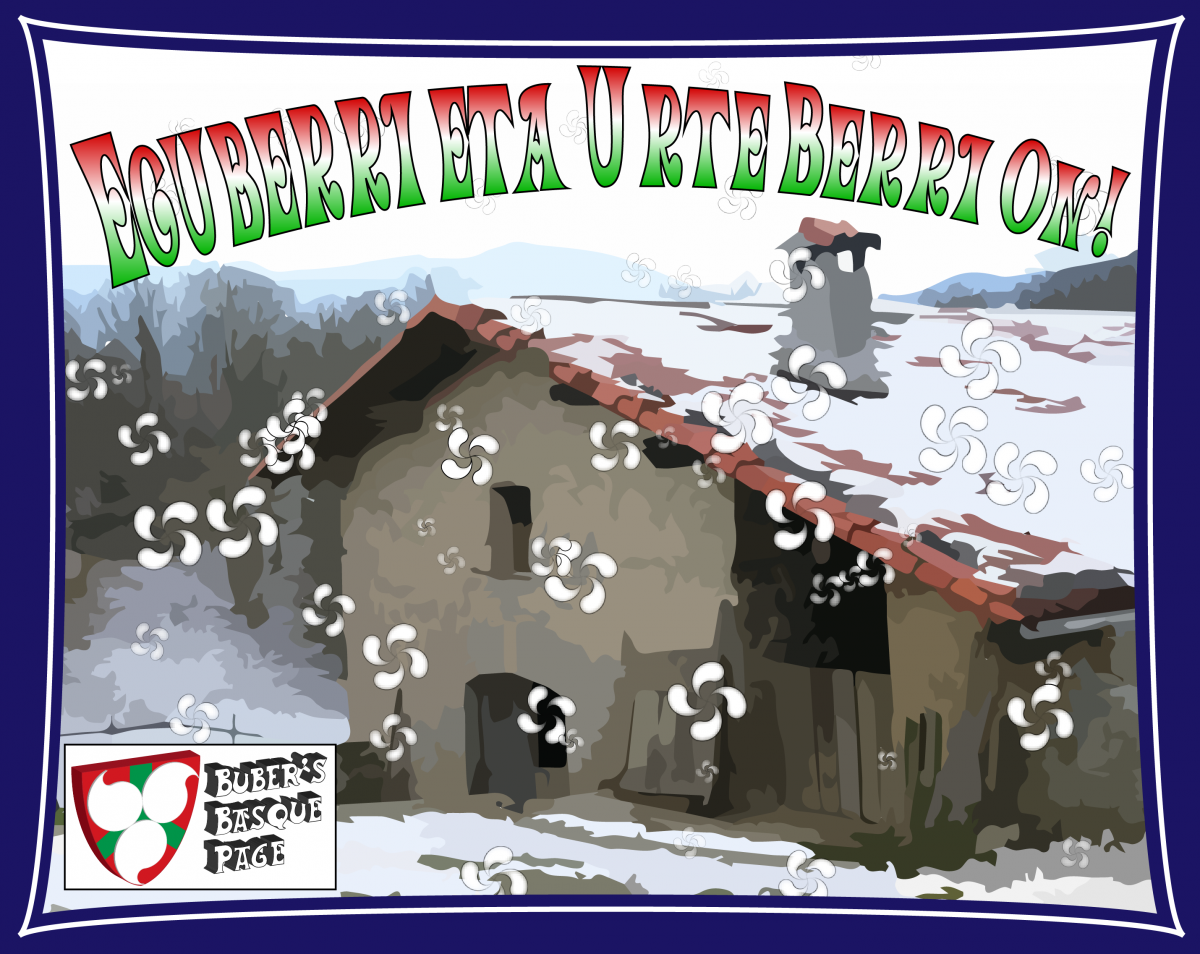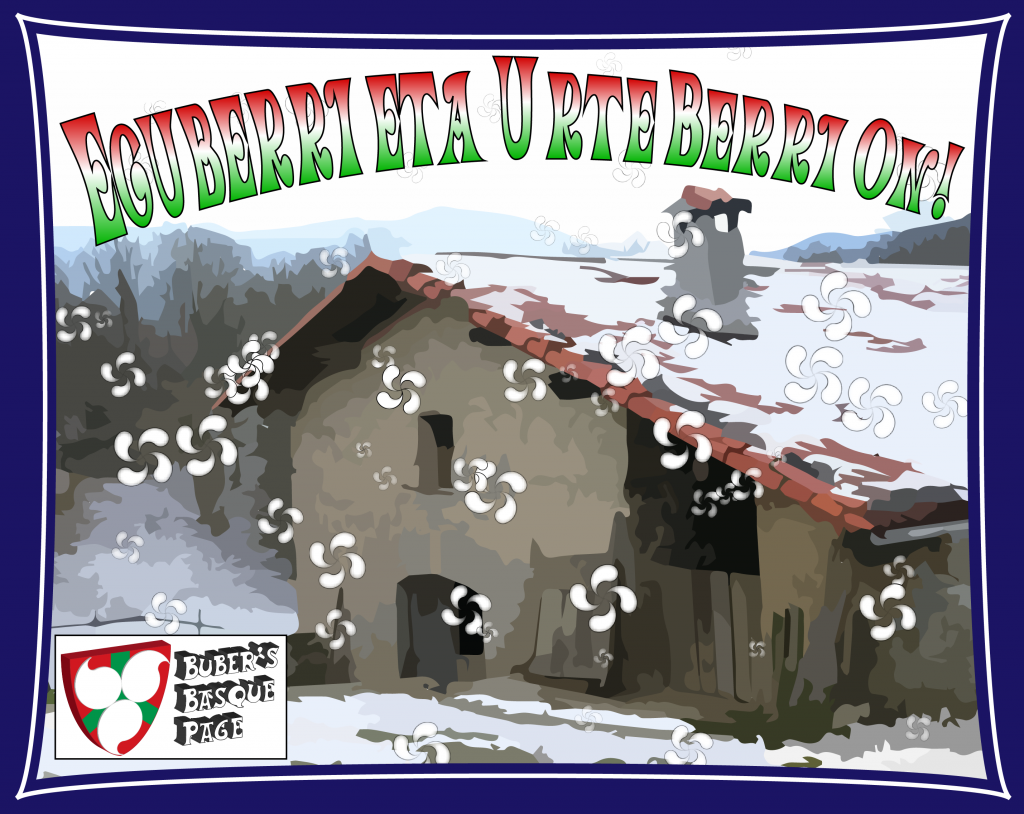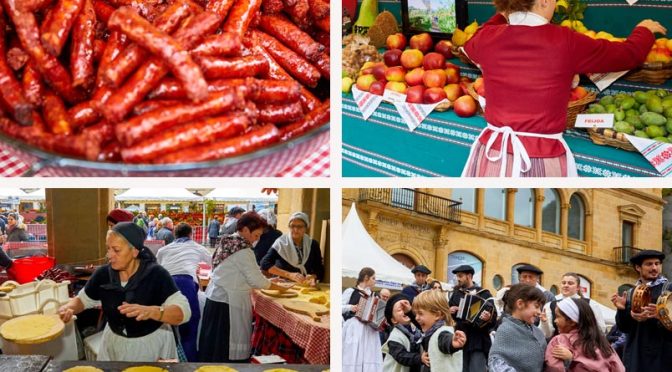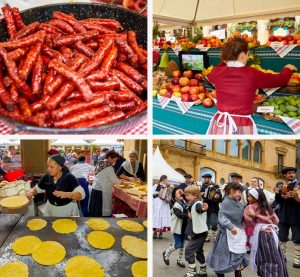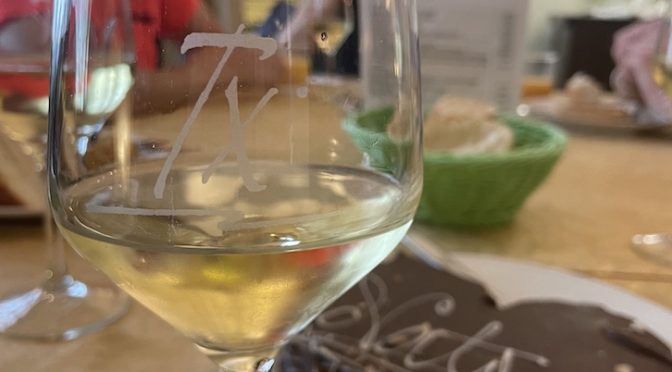“That was… weird,” said Kepa, after Amalur had vanished. He still sat on the edge of the bed, wrapped in the sheet. Maite sat next to him, feeling sticky from her run and wanting nothing more than a shower. But she sensed that he needed to talk so she remained by his side.

“It was certainly unexpected,” she added. “But, I have to say that I feel almost infinitely better having some basic sense of how these zatiak and this magic work.”
“I’m just confused,” said Kepa as if he hadn’t really heard her. “If all of this is connected to Amalur, why didn’t Marina tell us? Why the secret? Are we, in the end, doing all of this for Amalur or are we doing it for Marina?”
“That’s a good question,” replied Maite as she stood. She stared out the window of their apartment. She could see Mount Urgell rising nearby, though the statue of Christ that adorned the top was hidden from her view. “And what about de Lancre? I’m starting to think there is more to him than just an overzealous inquisitor.”
Kepa nodded. “None of this makes sense. But I’m not sure how we get answers.”
“Amalur isn’t going to help us,” scoffed Maite. “All she does is speak in riddles.”
She sighed as she plopped down next to Kepa again. She poked him in the shoulder. “At least I know what you are.”
Kepa smiled. “And what is that exactly?”
With a mischievous smile, Maite lifted the sheet that covered Kepa and peaked underneath.
—
It was approaching late afternoon. Maite and Kepa were wandering the Parte Vieja, taking in the different sights and sounds. As was often the case, the old part of town was filled with tourists. Most looked out of place, either by how they dressed or their facial features. Once in a while Maite saw someone she suspected had Basque ancestry. She wondered if some of them might be related to those old sheepherders they had encountered in Bakersfield, the distant grandson or granddaughter of the men and women who she got to know in the boarding house. It seemed so long ago, and in some ways, it really was. More than a century in their lives. But, for her, it wasn’t even a year ago. She winced as the memory of Kepa being shot flashed through her mind. She shook her head and pointed to a side alley.
“Let’s get a drink,” she said.
The pub was quiet, lying just slightly off the beaten path that the pintxo guides herded the tourists along. Maite went up to the bar and ordered a kalitxiki for herself and a zurito for Kepa.
“What now?” asked Kepa as Maite returned with their drinks.
“I think we involve Amalur as much as we can in this,” replied Maite. “You know how to summon her now. We can always pull her in whenever we want.”
“I suspect she might start ignoring us if we do it too much.”
“Perhaps, but she seems to have a vested interest in the zatiak. I think she will help as she can.”
“Why doesn’t she simply collect the zatiak herself?” mused Kepa. “Why have us chase through time to collect them? I’d think she would be so much more effective.”
Maite shrugged. “Maybe she can’t for some reason? Maybe she can’t enter the bubbles?”
“If she can’t enter the bubbles, how can we summon her from inside one?”
“Oh,” replied Maite, realizing the contradiction in what she had just suggested. “I guess I don’t know. Maybe we can’t.”
“This is all so frustrating,” said Kepa as he took a sip of his beer. “It’s so complicated. It really doesn’t make any sense.”
“For the moment, all we can do is push forward, keep looking for zatiak when we get the chance, and hope that with time we begin to understand what is going on. We know much more now than we did before, right?”
Kepa nodded. “That’s true.” He paused as he took another sip. “Should we tell Marina that we know about Amalur?”
Maite shook her head. “Not yet. I think we are better off keeping that to ourselves for now.”
Kepa nodded again as he finished his beer.
If you get this post via email, the return-to address goes no where, so please write blas@buber.net if you want to get in touch with me.






